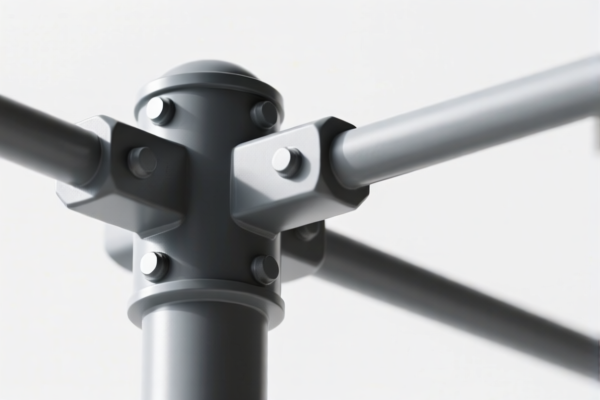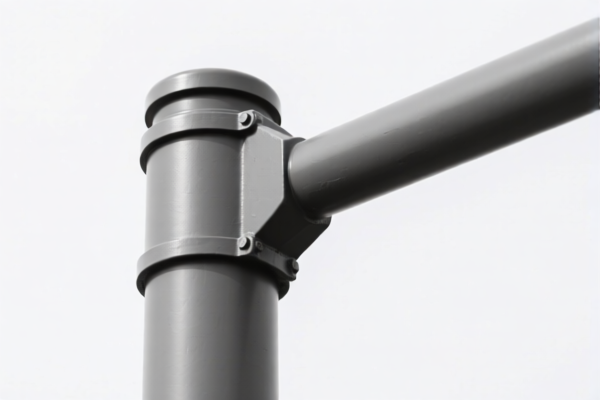| HS Code | Official Doc | Tariff Rate | Origin | Destination | Effective Date |
|---|---|---|---|---|---|
| 8307103000 | Doc | 58.8% | CN | US | 2025-05-12 |
| 8307106000 | Doc | 58.8% | CN | US | 2025-05-12 |
| 7308903000 | Doc | 80.0% | CN | US | 2025-05-12 |
| 7308906000 | Doc | 80.0% | CN | US | 2025-05-12 |
| 9406900190 | Doc | 82.9% | CN | US | 2025-05-12 |
| 9406900130 | Doc | 82.9% | CN | US | 2025-05-12 |
| 7326908605 | Doc | 82.9% | CN | US | 2025-05-12 |
| 7326908605 | Doc | 82.9% | CN | US | 2025-05-12 |
| 7610900080 | Doc | 85.7% | CN | US | 2025-05-12 |
| 7610900060 | Doc | 85.7% | CN | US | 2025-05-12 |
| 7604295090 | Doc | 33.0% | CN | US | 2025-05-12 |
| 7604293090 | Doc | 32.6% | CN | US | 2025-05-12 |
| 8716390030 | Doc | 55.0% | CN | US | 2025-05-12 |
| 8716905060 | Doc | 58.1% | CN | US | 2025-05-12 |
| 4016996010 | Doc | 57.5% | CN | US | 2025-05-12 |
| 4016993510 | Doc | 55.0% | CN | US | 2025-05-12 |
| 4008292000 | Doc | 57.9% | CN | US | 2025-05-12 |
| 4008294000 | Doc | 57.9% | CN | US | 2025-05-12 |




Trailer Pole
A trailer pole is a structural component of a trailer, serving as the primary connection point between the trailer and a towing vehicle. It is commonly used in various types of trailers for transporting goods, equipment, or recreational vehicles.
Material
Trailer poles are typically constructed from:
- Steel: The most common material due to its high strength and durability. Different grades of steel are used depending on the trailer's load capacity and intended use. Carbon steel is frequently employed, and higher-strength alloys may be used for heavier-duty applications.
- Aluminum: Offers a lighter weight alternative to steel, reducing overall trailer weight. Aluminum poles are often used in smaller trailers or those designed for frequent towing, where weight reduction is a priority. However, aluminum has lower strength than steel and may be more susceptible to bending or damage under heavy loads.
- Combination of Steel and Aluminum: Some poles utilize a combination of materials, employing steel for critical load-bearing sections and aluminum for lighter components.
Purpose
The primary purpose of a trailer pole is to:
- Connect the trailer to the towing vehicle: Provides a secure mechanical link for transferring towing force and controlling the trailer's movement.
- Transfer weight and loads: Distributes the trailer's weight to the towing vehicle, ensuring stability and safe towing.
- Provide a mounting point for electrical and safety connections: Often incorporates provisions for connecting trailer lights, brakes, and safety chains.
Function
The function of a trailer pole depends on its specific design, but generally involves:
- Vertical Load Support: Bearing the weight of the trailer tongue and its contents.
- Horizontal Load Resistance: Resisting side forces during turning and braking.
- Shock Absorption: Some poles incorporate features to dampen vibrations and reduce stress on the towing vehicle and trailer.
- Articulation: Allowing for limited movement between the trailer and towing vehicle to navigate uneven terrain and turns.
Usage Scenarios
Trailer poles are used in a wide range of applications, including:
- Utility Trailers: For general cargo transport.
- Flatbed Trailers: For transporting large or awkwardly shaped items.
- Boat Trailers: Specifically designed for transporting boats.
- RV Trailers: For towing recreational vehicles.
- Horse Trailers: For transporting horses.
- Equipment Trailers: For transporting construction equipment or farm machinery.
Common Types
- Straight Pole: The most basic type, consisting of a single, straight length of material. Commonly used in lighter-duty trailers.
- Adjustable Pole: Allows for varying tongue lengths, providing flexibility for different towing vehicles and loads. Often used in utility and boat trailers.
- Drop-Down Pole: Designed to lower the trailer tongue for easier coupling and uncoupling. Commonly used in trailers with limited ground clearance.
- Gooseneck Pole: Features a curved section that connects to a gooseneck hitch in the bed of a truck. Used for heavier-duty trailers requiring increased stability.
- Fifth Wheel Pole: Designed to connect to a fifth wheel hitch in the bed of a truck. Used for very heavy trailers, such as large RVs or commercial trailers.
Based on the provided information, “trailer pole” can be classified under the following HS codes:
-
8716.39.00.30: This HS code falls under Chapter 87, which covers Vehicles other than railway or tramway rolling stock, and parts and accessories thereof. Specifically, it covers Other trailers and semi-trailers for the transport of goods, and further specifies “For use with the vehicles of heading 8703”. This suggests the pole is designed for use with trailers transporting goods.
- 87: Vehicles other than railway or tramway rolling stock, and parts and accessories thereof.
- 16: Trailers and semi-trailers; other vehicles, not mechanically propelled; and parts thereof.
- 39: Other trailers and semi-trailers for the transport of goods.
- 00: Further specification.
- 30: For use with the vehicles of heading 8703.
-
8716.90.50.60: This HS code also falls under Chapter 87, covering Vehicles other than railway or tramway rolling stock, and parts and accessories thereof. Specifically, it covers Parts, and further specifies “Other Other”. This suggests the pole is a component part of a trailer.
- 87: Vehicles other than railway or tramway rolling stock, and parts and accessories thereof.
- 16: Trailers and semi-trailers; other vehicles, not mechanically propelled; and parts thereof.
- 90: Parts.
- 50: Other.
- 60: Other.
According to the provided reference material, the HS code options related to 'trailer pole' are limited, with only the following 2 found.
Please note that regarding HS code 8716.39.00.30 and 8716.90.50.60, the total tax rate is 55.0% and 58.1% respectively.
Customer Reviews
No reviews yet.